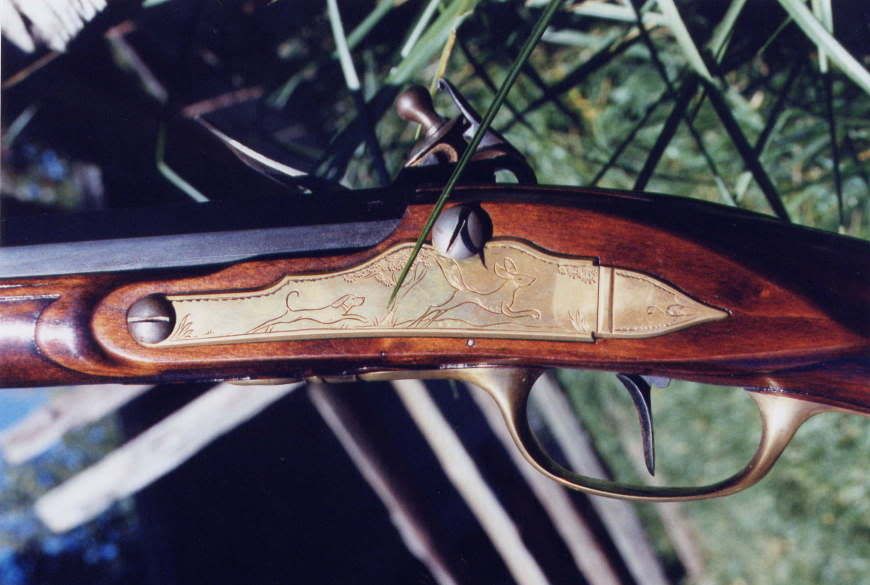squirejohn
40 Cal.
- Joined
- Jul 30, 2003
- Messages
- 398
- Reaction score
- 0
Does anyone on the Forum have this fusil? I've been thinking about getting this kit and I'd like to get some info - particularly with respect to balance and barrel weight. I prefer a heavy barrel.
I made this inquiry over six months ago and Tom Patton was the only one who had seen one. Since that time I've been to a couple of "vous" and re-enactments and no one I spoke with has seen, or even heard of this fusil. The only feedback I received was from Joe Hess (sutler)who said due to difficulties getting barrels (48" long) they were behind schedule filling orders.
I made this inquiry over six months ago and Tom Patton was the only one who had seen one. Since that time I've been to a couple of "vous" and re-enactments and no one I spoke with has seen, or even heard of this fusil. The only feedback I received was from Joe Hess (sutler)who said due to difficulties getting barrels (48" long) they were behind schedule filling orders.






